How nuclear energy is gaining traction across African economies
- The International Atomic Energy Agency (IAEA) says Egypt, Kenya, Nigeria and Ghana have set the groundwork for nuclear energy plants.
- Investments in nuclear will see these countries meet rising electricity demand, diversify energy mix, fortify energy security, and cut emissions.
- Currently, South Africa is the only country in the continent with an active nuclear power production system.
For an increasing number of economies in Africa keen on plugging persistent electricity supply gap, nuclear energy is fast emerging as a good option given that globally, the continent supplies 14 per cent of Uranium—the critical mineral used in nuclear power production.
Other than South Africa, Ghana, Kenya, Egypt, and Nigeria, Algeria, Morocco, Namibia, Niger, Rwanda, Senegal, Tunisia, Uganda, Tanzania and Zambia are keen on tapping nuclear power to fortify energy security.
“The demand for uranium on the continent is projected to increase in the coming decade,” notes the International Atomic Energy Agency (IAEA), in its latest review of Africa’s nuclear power capacity and potential.
The IAEA report gives a snapshot of the continent’s position in tapping uranium to plug electricity supply gap, which currently affects an estimated 600 million people.
“Uranium resources of African countries can be harnessed together with new investments in fuel cycle management to present a strong backbone for the promotion of new technology on the continent,” explains IAEA.
However, Africa lags behind globally on the production of nuclear power, attributable to a number of challenges including upfront capital investments and limited skillset.
According to the IAEA survey, out of the 417 nuclear reactors that were operational globally as of May 2025, only one is based in the continent, specifically South Africa.
However, the global body says there’s hope with Egypt, Kenya, Nigeria and Ghana underway with “preparatory work for the contracting and construction of a Nuclear Power Plant after a decision has been taken,” IAEA notes.
Nuclear energy prospects for African countries
“The nuclear power prospects of African countries are gaining momentum, as several countries explore the nuclear power option to meet their growing electricity demands, diversify their energy mix, achieve energy security, reduce carbon emissions and support sustainability and energy affordability, which drives industrial growth,” states IAEA New Outlook on Nuclear Power for Development in Africa unveiled at the G20 summit.
The report adds: “Almost half of the newcomer countries seeking to add nuclear power to their generation mix are African countries.”
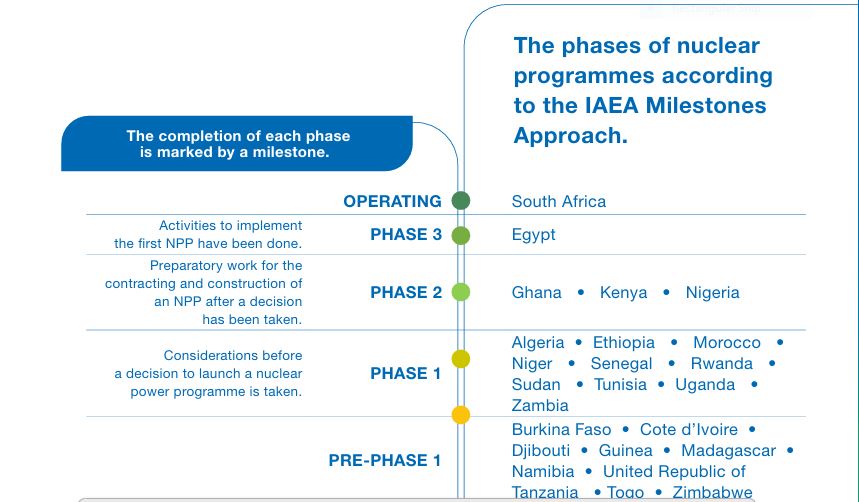
Major nuclear energy power plants in Africa
At the moment, South Africa, the continents most advanced economy is the only country that produces nuclear energy. According to the IAEA, South Africa’s Koeberg Unit 1 received a long term operation licence last year, paving the way for the Koeberg Nuclear Power Station to continue the unit’s operational life by 20 years.
What’s more, Pretoria’s Department of Mineral Resources and Energy Integrated Resource Plan of 2023 states that the country will 2500 MW(e) of new nuclear capacity after 2030.
In Egypt, the northern African country is setting up a four-unit, 4.8 GW nuclear energy power plant. IAEA report notes that the first unit of the four-unit plant will be completed by 2028.
“Construction of the inner containment building for Unit 1 is ongoing, while work on the inner containment building of Unit 2 began in 2024,” states IAEA.
After decades of setting the operational and oversight framework in Kenya including the establishment of Nuclear Energy Programme Implementing Organization in 2012 and later the launch of Kenyan Nuclear Regulatory Authority in 2020, authorities in the East African country project that the commercial operation of the first nuclear energy plant would start in 2038.
“The country has resolved to also explore Small Modular Reactors (SMRs) in response to the lower than expected electricity demand and financial constraints,” the IAEA observes.
According to experts, SMRs are preferred since countries can easily mobilise capital compared to rolling out giant nuclear power investments. Additionally, the smaller outputs of SMRs make them more suitable for smaller grids even as their modular designs offer the potential to enable quicker deployment.
Statistics show that Ghana hit the road to nuclear energy production in 2012, almost the same year as Kenya. While for Ghana the nuclear power production date remains unclear, authorities in Accra established Ghana Nuclear Power Programme Organization in 2012, and later in 2015, the Nuclear Regulatory Authority (NRA), which is charged with establishing the environment for nuclear safety, security, safeguards and civil liability.
“In 2018, Ghana established Nuclear Power Ghana, which has been designated as the future owner/operator for the first Nuclear Power Plant,” notes IAEA.
In Africa’s most populous economy Nigeria, the country has put in place the Nigerian Nuclear Regulatory Authority (NNRA), paving the way for authorities to regulate all practices related to safety, security and safeguards for nuclear power in the West African country.
Read also: Russia’s Rosatom inks $1.2 Billion nuclear energy deal with Tanzania
The status of uranium supply in Africa
According to the IAEA, Africa’s uranium mining sector plays a critical role in powering nuclear energy plants globally.
A fast rising number of African countries have expressed interest in recent years in developing nuclear power for electricity generation and desalination, implying that the coming decades may trigger increased demand for uranium in the countries.
Other than South Africa, Ghana, Kenya, Egypt, and Nigeria, Algeria, Morocco, Namibia, Niger, Rwanda, Senegal, Tunisia, Uganda, Tanzania and Zambia are keen on tapping nuclear power. “The demand for uranium on the continent is projected to increase in the coming decade,” notes the IAEA.
It adds: “The uranium resources of African countries can be harnessed together with new investments in fuel cycle management to present a strong backbone for the promotion of new technology on the continent.”
In 2022, Kazakhstan, Canada, Namibia, Australia, Uzbekistan, the Russian Federation, Niger, China, India and South Africa, were the largest producers of uranium internationally by order of production.
In Tanzania, a country that has identified roughly 58,500 t Uranium resources have been confirmed. The IAEA says that start of operations is pending final regulatory approval.
Share this content:
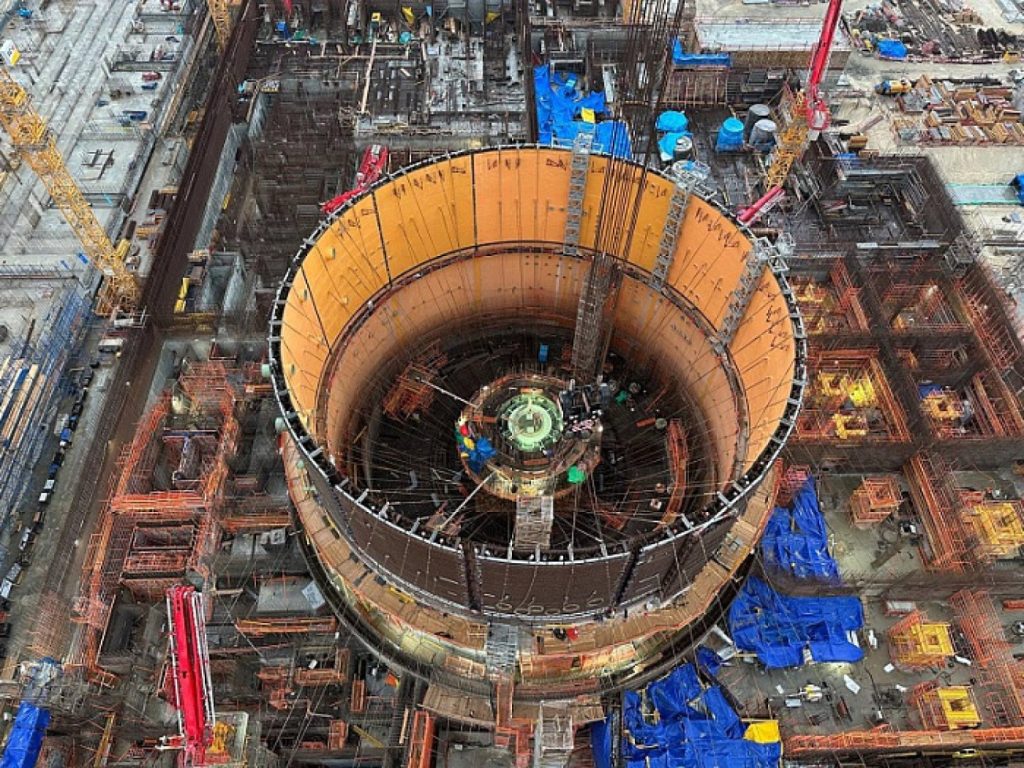
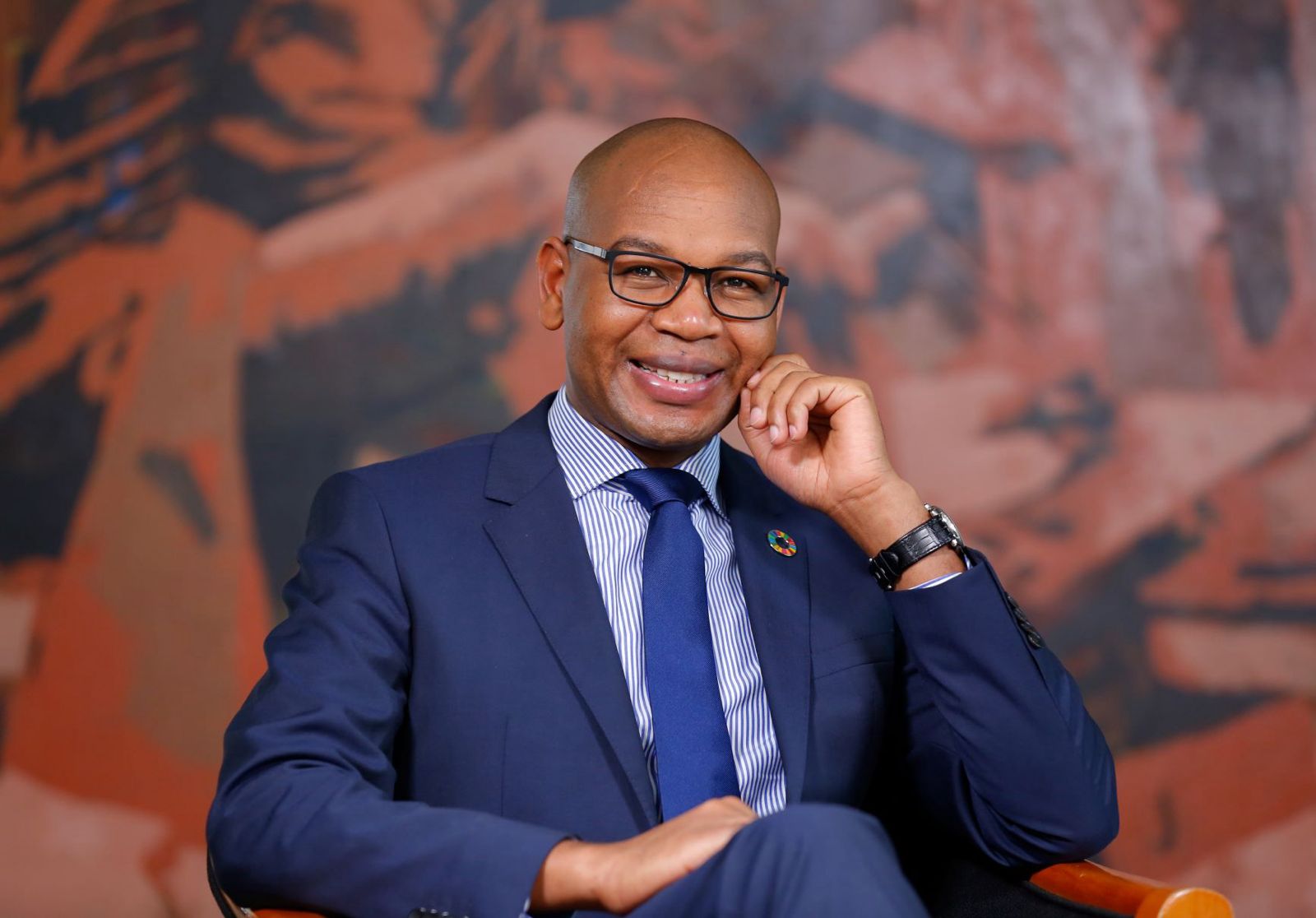
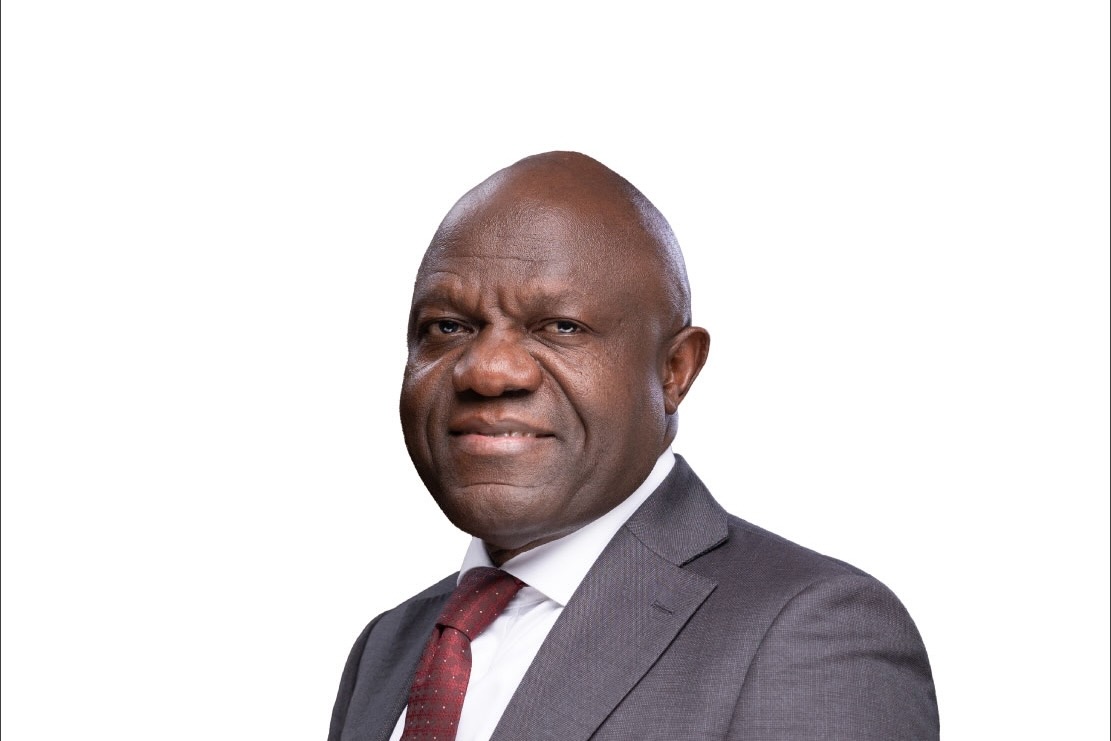
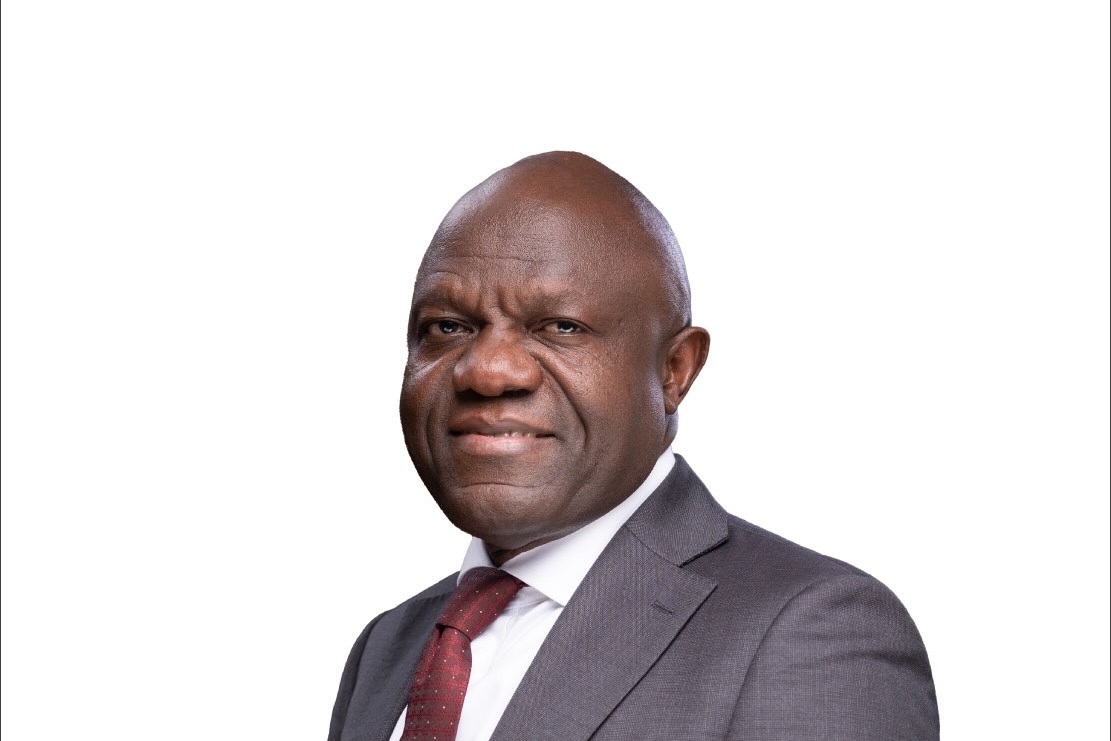

Post Comment